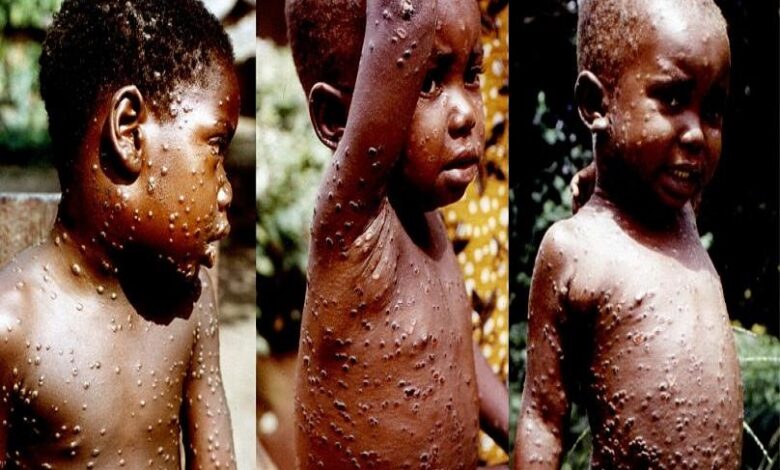Health Ministry issues important guidelines as Monkeypox cases continue to rise globally


The ministry confirmed that no cases of Monkeypox have been reported from India to date.
Given the increasing number of Monkeypox cases being reported from the non-endemic countries, the Union Health Ministry on Tuesday issued ‘Guidelines on Management of Monkeypox Disease’.
The guidelines have been issued as part of a proactive and risk-based approach to managing Monkeypox and to ensure advanced preparedness across the country. However, the ministry confirmed that no cases of Monkeypox have been reported from India to date.
Monkeypox is an orthopoxvirus, a family that includes the now eradicated smallpox virus. It may now be endemic in the UK and Europe, leading experts have warned, as the virus normally confined to areas of Africa continues to spread around the world. Last Friday, a World Health Organisation (WHO) report said that the virus has spread to more than 20 countries, with about 200 confirmed cases and over 100 suspected cases in nations where it is typically not found
As per the guidelines issued by the Health Ministry, a confirmed case is laboratory confirmed for Monkeypox virus by detection of unique sequences of viral DNA, either by polymerase chain reaction (PCR) and/or sequencing. All the clinical specimens should be transported to the apex laboratory of ICMR-NIV (Pune) routed through the Integrated Disease Surveillance Programme (IDSP) network of the respective district or state.
The guidelines include the epidemiology of the disease including host, incubation period, period of communicability, and mode of transmission; contact and case definitions; clinical features and its complication, diagnosis, case management, risk communication, and guidance on Infection Prevention and Control (IPC) and use of personal protective equipment.
The guidelines stress surveillance and rapid identification of new cases as the key public health measures for outbreak containment, mandating the need to reduce the risk of human-to-human transmission.
It also explains the IPC measures, IPC at home, patient isolation and ambulance transfer strategies, additional precautions that need to be taken care of, and the duration of isolation procedures.
As per the guidelines, contacts should be monitored at least daily for the onset of symptoms for 21 days from the last contact with a patient or their contaminated materials during the infectious period.
The guidelines explain in detail about raising awareness and educating people about the measures for Monkeypox virus-like avoiding contact with any material of the sick person, isolation of the infected patient, practicing good hand hygiene, and using appropriate personal protective equipment (PPE) when caring for patients






